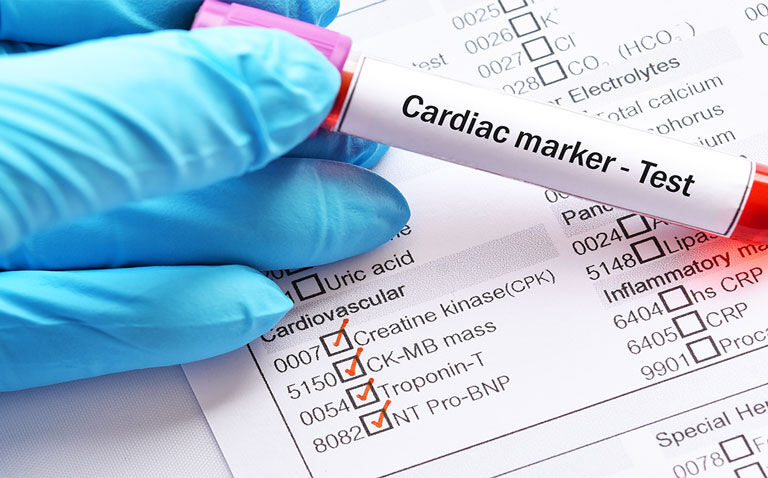Elevated levels of cardiac troponin in those for whom there was no clinical indication for testing is independently associated with medium-term cardiovascular and non-cardiovascular mortality, according to a large study by researchers at the University of Southampton, UK.
Cardiac troponin (cTn) concentrations above the manufacturer recommended upper limit of normal (ULN) and without a clinical presentation consistent with type 1 myocardial infarction, has been linked to a 76% higher risk of death, the study found.
The prospective, observational study, published in the journal Heart, was designed to assess the relationship between medium-term mortality and cTn concentration in a large consecutive hospital population, regardless of whether there was a clinical indication for performing the test.
It‘s rationale was based on prior research showing how increased cTn levels were associated with an increased mortality risk. For example, even among patients with dyspnoea and without a cardiac cause, there is a three-fold higher risk of death when cardiac troponin levels are elevated.
Cardiac troponin levels and mortality
The study included 20,000 hospital patients over the age of 18 years who underwent a troponin blood test for any reason between June and August 2017 at a large teaching hospital, regardless of the original clinical indication. Their average age was 61 and 53% were women.
In 91.4% of these patients, there was no clinical indication for cardiac troponin testing.
The mortality was significantly higher if the cTn concentration was above the ULN (45.3% vs 12.3% p < 0.001 log rank). Using multivariable Cox regression analysis, the log10 cTn concentration remained independently associated with mortality (Hazard ratio, HR = 1.76, 95% CI 1.65 – 1.89).
In addition, multivariable analysis revealed a significant and independent association between the log10cTn concentration with non-cardiovascular (HR =1.99, 95% CI 1.861 – 2.118) as well as cardiovascular mortality (HR = 2.53, 95% CI 2.198 – 2.90).
The researchers concluded on how ‘a snapshot cTn in a hospital population may represent a biomarker of overall medium-term mortality’.










